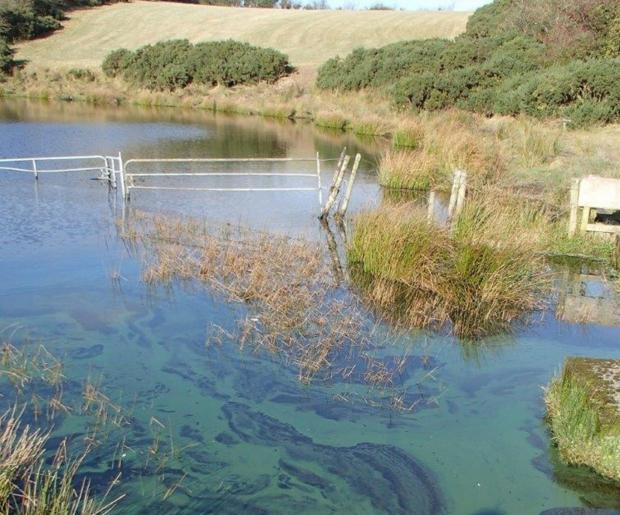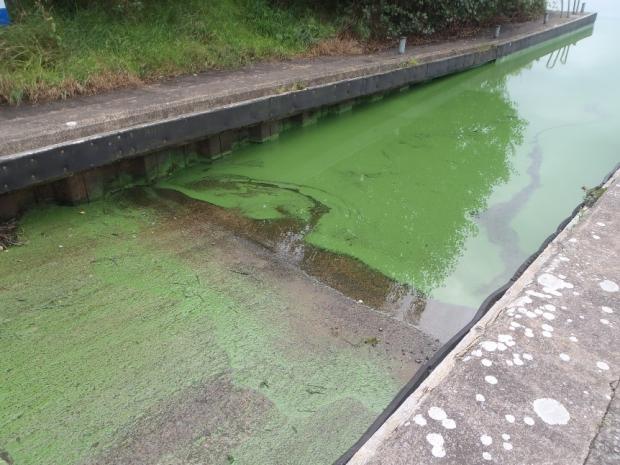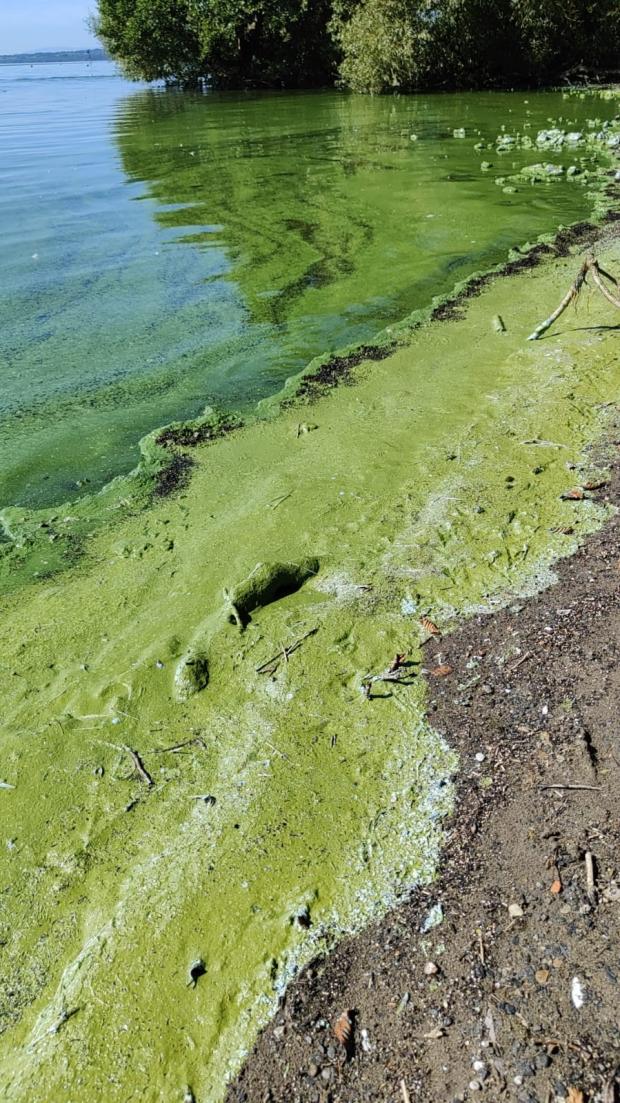Cyanobacteria can increase greatly in numbers and form visible ‘blooms’ which can lead to poor water quality and the production of harmful toxins (from certain strains of cyanobacteria). Suitable conditions for ‘blooms’ to occur include abundant sunlight, still or slow-flowing water and sufficient levels of nutrients (nitrogen and phosphorus). Algal blooms can occur throughout the year, but they are most common from May through to September when suitable weather conditions combine with a ready supply of nutrients particularly phosphorus.
Nitrogen and phosphorus are essential elements for growth and are found naturally in waterways. Extra nitrogen and Phosphorous can also come from external sources such as agricultural fertilisers, sewage effluent, household products and storm water runoff.
Impact of Climate Change
Climate change is affecting our weather patterns, with heavier rainfall incidents, which can increase land run-off adding further nutrients to water bodies, and warmer temperatures affecting water conditions. This is further increasing the risk of blue-green algae forming blooms during summer and autumn months.
What does Blue-Green Algae look like?
During a bloom, the water becomes less clear and may look green, blue-green or greenish-brown. Scums can form along shorelines when bloom forming species rise to the surface. This can look like paint, mousse or small clumps. The duration of blooms may last for a few days to several weeks until conditions in the water body change and the algae die and decompose.
Examples:



Why should you be aware of Blue-Green Algae
Some blooms can produce toxinsthat can potentially be harmful to animal and public health. It is not possible to tell if a bloom is producing toxins without additional testing however caution is advised where blooms have been confirmed
Blue-green algae can harm people, producing rashes after skin contact and illnesses if swallowed, or can potentially kill wild animals, livestock and pets if ingested.
Algal blooms also block sunlight from reaching other plants in the water, use up oxygen in the water at night and when decaying and hence can suffocate fish and other creatures.
